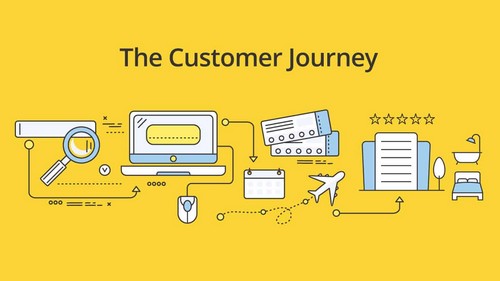Journey mapping is a tool and a process. The process has six steps, which you can read about in 6 Steps from Journey Maps to Outcomes. The fifth step in the process is Ideate, in which you’ll ideate solutions to customer and backstage pain points and then design the future state.
Here’s a bit more detail about what this step includes.
- Set up and conduct future-state mapping workshops with customers, during which you’ll:
- Ideate solutions for the current pain points your customers are experiencing
- Design the ideal future-state experience
- Set up and conduct future-state service blueprint workshops with stakeholders and internal subject matter experts, during which you’ll:
- Conduct root cause analyses
- Ideate backstage and behind-the-scenes policies and processes to solve these (root cause) problems
- Identify people, tools, and systems that are problematic, as well, and ideate solutions that will help you deliver the future-state experience
- Design service delivery capabilities of the future experienceAs you probably already know, future-state maps are different from current-state maps. They:
- Are used to design tomorrow’s differentiated experience
- Are rooted in creativity and ideals
- Use ideation to identify solutions for customer pain points
- Add/incorporate listening posts into the experience, as needed
- Are driven by the CX vision
- Help you innovate new products and services
- Allow you to envision and design how you’ll deliver new value for your customers at minimal risk because you’re testing them on paper first
Too many companies stop at current-state journey mapping – assuming it’s been done right – and never move on to service blueprinting or to future-state design, choosing instead to make tactical and cosmetic improvements identified in the current-state map and leave it at that. Future-state mapping is an important piece of the journey mapping process and cannot be overlooked if you want to design a better overall experience – and deliver new value – going forward for your customers.


